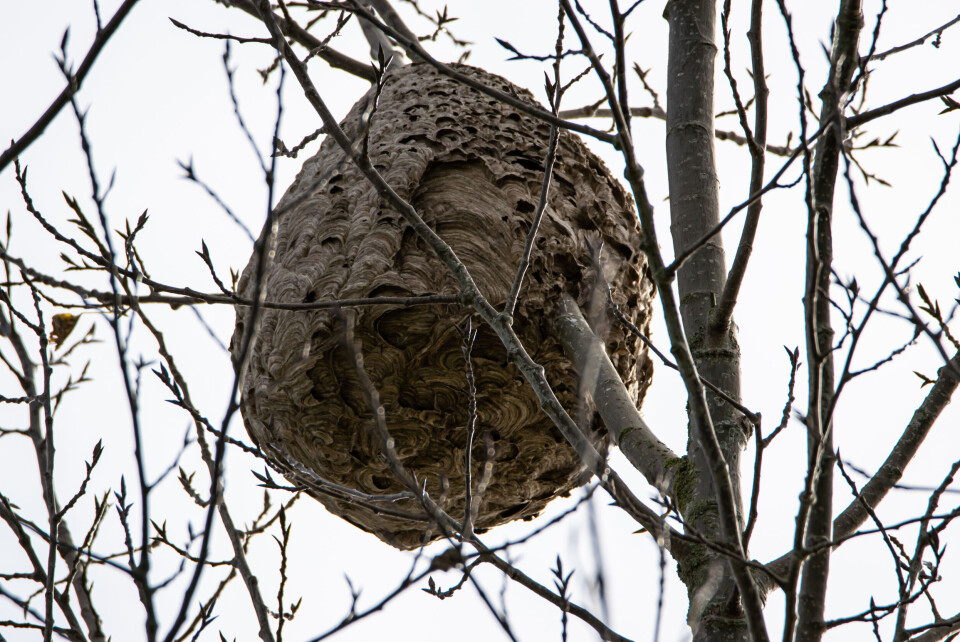-
France targets imports from South America over banned chemical concerns
Avocados, mangoes, and cherries among food items set to be tested before entry
-
How to dispose of your Christmas tree in France in 2026
Dumping an old tree on the pavement, in a park or in woodland is illegal, and can result in a fine
-
More than a quarter of new car registrations in France are electric
EV sales hit new record in November 2025
How can France fight invasive species like Asian hornets?
All problem species numbers have grown despite a 2017 eradication plan and some surprising inventions

Collective action to tackle the growing numbers of Asian hornets in France should be taken by the government. This is the view of Denis Jaffré, who keeps bees in Finistère and is the inventor of one of the most effective hornet traps to date. He claims it is the only way to contain the problem.
Traps allow smaller insects to escape
ITSAP, the government research agency for bees and beekeeping, is studying the use of traps to control Asian hornets, but 5,000 of Mr Jaffré’s contraptions have already been bought by Haute-Savoie this year, while the town of Auch in Gers has invested in 50.
“I hope the government puts its money where its mouth is and launches programmes across the country when the results are finalised,” said Mr Jaffré.
He has pioneered the use of a number of non-chemical methods for removing Asian hornet nests, including special shotguns and even sucking them up with a vacuum cleaner.
However, he insists his plastic traps, which let smaller insects escape through tiny holes in the walls, are the most effective way of stopping their spread.
Read more: Electric ants, hornets: The battle against invasive species in France
Some scientists say wildlife has already adapted
The invasive species is thought to have arrived in France in 2004 in a pottery shipment from China. Since then, they have decimated bee colonies across Europe.
The hornets can be distinguished from their European counterparts by their smaller size.
They are mostly black with a single yellow/orange band towards the top of their abdomen, yellow ‘socks’ and an orange face.
Their venomous sting can cause severe reactions and, in some cases, death.
Some scientists believe that Asian hornets are now so well established in France that they should be left alone, arguing that populations have stabilised in recent years and wildlife has adapted to them.
Magpies and other members of the crow family, for example, now feast on larvae in Asian hornet nests after the queens leave in the autumn, giving them a boost for winter.
Read more: Do not destroy Asian hornet nests - new advice from French experts
Regions responsible for own programmes
However, Mr Jaffré insists that efforts to at least contain their numbers are important.
“For commercial beekeepers, they can be a disaster but their knock-on effects on other parts of the environment have not been studied in much detail,” he said.
“It takes repeated trapping in spring of queens building nests to decrease numbers.”
Asian hornets were included in an eradication of invasive species strategy drawn up by the government in 2017, but a report last year found that all the species on that list had grown in the last four years.
As a result, the government increased its budget for tackling them from €1.4million to €20million, giving each region responsibility for introducing their own programmes.
Auch hopes to publish the results of its trapping experiment in the autumn.
Related articles
French hornet attack: how to spot the insects and treat the stings
Biodiversity: Are Asian ladybirds threatening their French cousins?
























